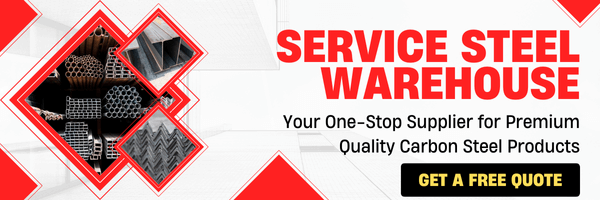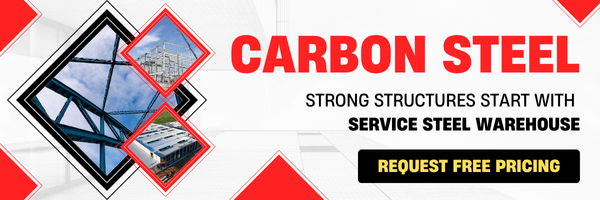Iron vs. Steel: What’s the Difference (And Which One’s Stronger?)
March 13, 2025 | Categorized in: Properties
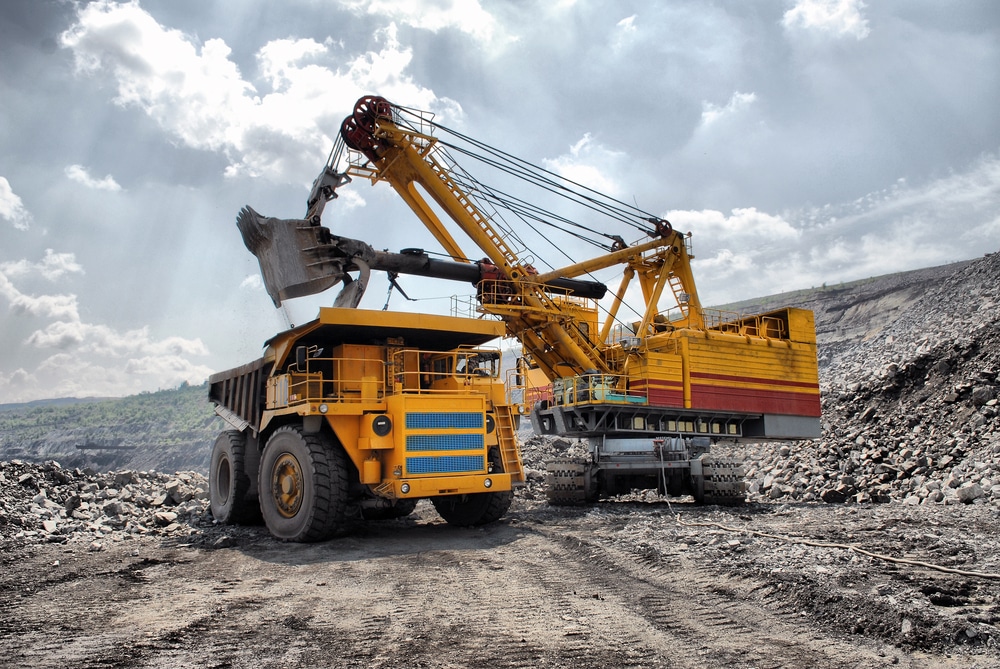
Iron and steel are closely related materials, with steel being an alloy derived from iron. This connection means they share several important properties, yet their differences significantly impact their uses. It’s the addition of carbon and other alloying elements to iron that creates a material (steel) that outperforms in most areas. While iron is a naturally occurring element, steel is a man-made material with superior strength, durability, and versatility.
Is Steel Stronger Than Iron?
Yes, steel is significantly stronger than iron. “Strength” in metals typically refers to their ability to withstand force without deforming or breaking. Steel’s superior strength comes from its carefully controlled composition and manufacturing process.
The steel-making process involves melting iron ore in a blast furnace, removing impurities, and adding specific amounts of carbon and other elements to create various types of steel with tailored properties. By adding carbon to iron, steel gains enhanced mechanical properties, including higher tensile strength and improved hardness.
What’s the Difference Between Iron and Steel?
While steel is derived from iron, the two materials have distinct characteristics. In short, its steel’s composition gives it unique properties, setting it apart from its parent element. To better understand, below are comparisons of steel vs. iron in several key areas used to categorize and differentiate metals.
Appearance
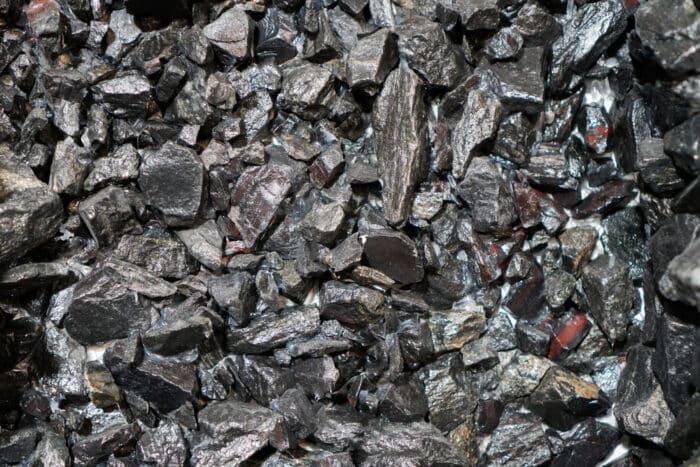
|
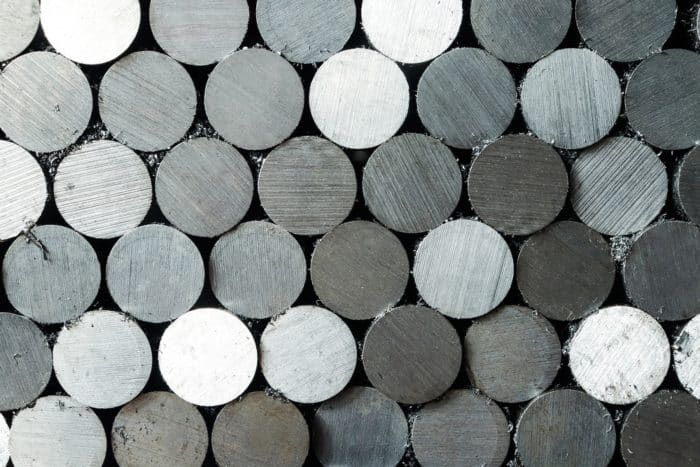
|
- Iron (left) typically presents a dull, silvery-gray color, while steel can exhibit a range of appearances depending on its specific composition and treatment.
- Steel (right) may appear similar to iron but can also take on darker shades or even a bluish tint in certain stainless varieties. (This variation in appearance is often due to the presence of alloying elements and the manufacturing processes used.)
Composition
- Iron is a pure element (Fe) and serves as the primary building block for steel.
- Steel is an alloy primarily composed of iron and carbon, usually containing less than 2% carbon. Additionally, steel may include other elements such as manganese, nickel, or chromium, which enhance its properties and performance in various applications.
Conductivity (Thermal and Electrical)
Both iron and steel are good conductors of heat and electricity; however, pure iron generally has slightly better conductivity due to its simpler atomic structure. This characteristic is important in applications where efficient heat transfer or electrical conductivity is required.
Corrosion Resistance
- Iron is highly susceptible to rust and corrosion when exposed to oxygen and moisture.
- Steel, especially galvanized steel, offers much better corrosion resistance due to the formation of a protective oxide layer.
Magnetic Properties
Both iron and steel are ferromagnetic materials, meaning they can be magnetized. However, pure iron typically exhibits stronger magnetic properties compared to most types of steel.
Melting Point
- Pure iron has a melting point of approximately 2,800°F.
- Steel generally has a lower melting point, around 2,500°F, depending on its composition as the presence of carbon in steel lowers its melting temperature.
Strength
Most notably, steel is recognized for its superior strength compared to iron. The addition of carbon disrupts the crystal structure of iron, resulting in enhanced tensile strength, yield strength, and hardness. This makes steel the preferred choice for structural applications where high strength is essential.
Uses
- Iron is used in its pure form for electromagnetic applications (such as generators) and as a raw material for steel production.
- Steel, with its superior strength and versatility, is used extensively in heavy machinery, skyscrapers, and countless other industries.
To Recap, the Properties of Iron vs. Steel:
|
Property |
Iron |
Steel |
|
Appearance |
|
|
|
Composition |
Pure Fe |
Fe + C (< 2%) + others |
|
Conductivity |
Slightly higher |
Good |
|
Corrosion Resistance |
Poor |
Better |
|
Magnetic Properties |
Stronger |
Strong |
|
Melting Point |
Higher (~2800°F) |
Lower (~2500°F) |
|
Strength |
Lower |
Higher |
|
Uses |
Limited; raw material |
Widespread; construction, manufacturing |
Premium Quality Steel Suppliers Since 1965
Service Steel Warehouse has built a reputation on premium quality and exceptional service. We ensure that every steel product meets rigorous ASTM steel standards and exceeds expectations. Explore our extensive inventory of structural steel, all ready-to-ship for your projects.
Call our team today or request an online quote to elevate your projects with the power of steel.
